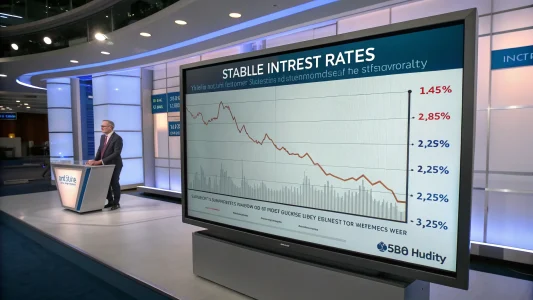According to recent data from the University of Michigan, American consumers’ perceptions of the economy grew more negative in May. The preliminary reading of the university’s consumer sentiment index dropped to 50.8, the second-lowest level on record and a 3% drop from the final figure of 52.2 in April. June 2022 saw the all-time low of 50.0 due to rising inflation and interest rate hikes.
The actual outcome was unexpected, as economists polled by The Wall Street Journal had predicted an increase to 53.5. Consumer confidence has dropped by about 30% since December, as evidenced by the May decline. May was the fifth consecutive month to see a decline.
Consumer sentiment continues to decrease
The decline in sentiment seems to have been caused in part by a dramatic increase in worries about tariffs. Compared to roughly 60% in April, nearly three-quarters of respondents brought up tariffs without being asked. Many consumers are still worried about the financial impact of both new and lingering levies, despite the Biden administration’s recent trade agreements with China and the United Kingdom.
Although some indicators showed a slight improvement after temporary reductions in China tariffs, Survey Director Joanne Hsu pointed out that those gains were too small to change the overall outlook. Hsu stated, “Consumers continue to express somber views about the economy.”
The results might have been affected by the survey’s timing. Just before Walmart announced plans to raise prices in response to tariff pressures, the polling period came to an end. When the final May numbers are released, that announcement may have an even greater impact on consumer sentiment.
Inflation Fears and Political Divides Drive Consumer Outlook to Historic Lows
Additionally, consumers increased their expectations for short-term inflation, predicting prices to increase by 7.3% over the next year, up from 6.5% in April. This is the highest inflation forecast since 1981. Republicans recorded a particularly steep monthly increase in long-term inflation expectations, but the increase was observed across party lines.
Robert Y. Shapiro says Republican respondents now seem more willing to accept the economic effects of tariffs. After President Trump and his administration made public admissions, he suggested that this change might reflect a growing acceptance of the short-term economic costs.
Meanwhile, hard economic metrics like job expansion and modest inflation still point to a comparatively stable economy. However, in May, a different University of Michigan index that measures future expectations fell to 46.5, the lowest level since 1980.
Political differences in sentiment are still present. In May, Democratic confidence fell to an all-time low of 33.9, continuing a downward trend following Trump’s election. Even though Republican sentiment increased to 84.2, it fell from 90.2 in April. The score of 84.2 was the highest since the end of Trump’s previous term.
Featured Image Credit: Reynaldo #brigworkz Brigantty; Pexels: Thank You!















